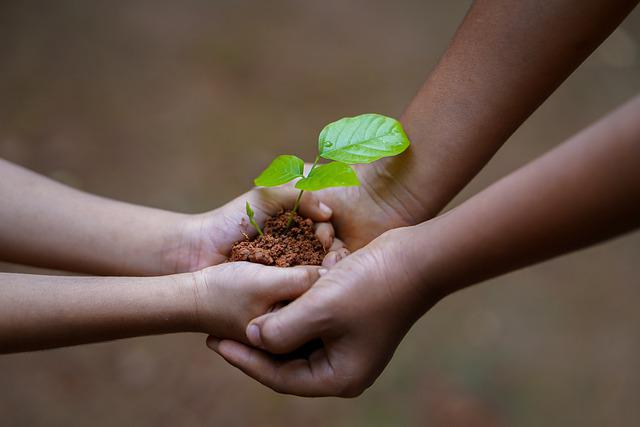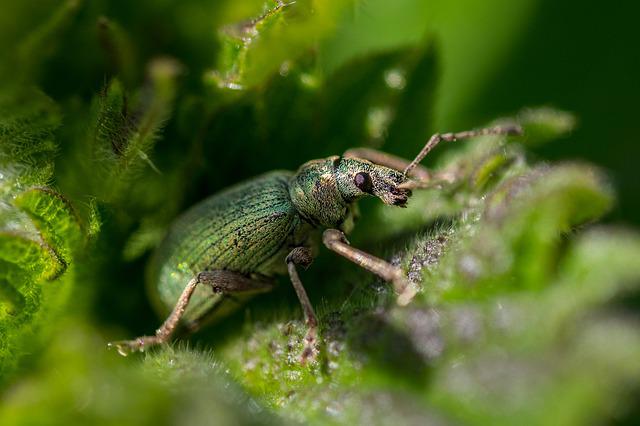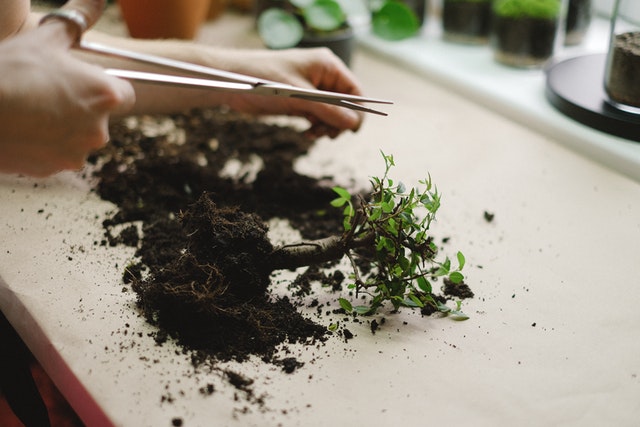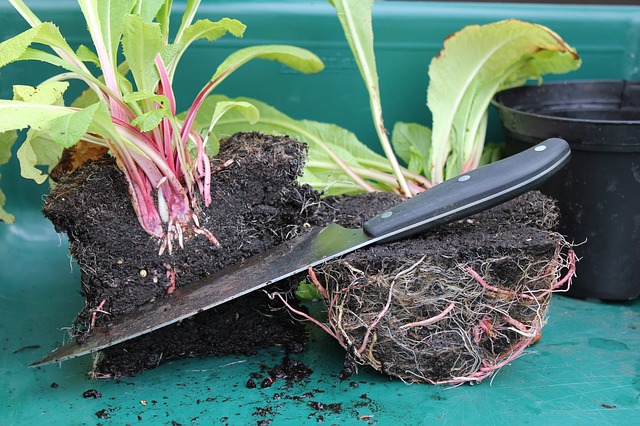Big leaves of a dark green color with big holes give Monstera acacoyaguensis its unique look. This plant is also known for its lush and glossy appearance. A plant from the tropical houseplant family is gaining a lot of attention recently and now you are hearing its name a lot more often.
The beautiful climbing plant can add a lot to the scenery of your indoor garden and it’s not surprising that you’re interested in knowing more about this plant. Whether you’re a seasoned plant enthusiast or just starting out, Monstera acacoyaguensis is a unique and striking addition to any indoor space, adding a touch of exotic beauty that’s sure to impress. Read on to see how to care for the Monstera acacoyaguensis.
What is Monstera acacoyaguensis?
If you are looking for a new and eye-catching addition to your interior garden, growing Monstera acacoyaguensis will be a good idea. This plant belongs to the Monstera adansonii family. In addition to its beautiful appearance, the plant is a pretty rare plant that is not cheap to get.
Getting a baby plant with only a couple of leaves can cost an average of 40 or 50 bucks. The cost of a grown plant can range between $100 and $500 depending on factors such as size and leaf variegation pattern.
Monstera acacoyaguensis is a climbing plant. This means that, in its natural habitat, the leaves climb up the surrounding trees. For these climbers, trees become a natural moss stick that enables them to get stronger.
This way of climbing neighboring trees allows the plant’s leaves to get bigger. The leaves get more holes and perforations. When cared for properly, the plant will grow beautiful small flowers during spring. Also, its natural green foliage makes it very pleasing to the eyes.
There are no aliases for this plant. However, some people call it a Swiss cheese plant but this is not a correct alternative name for it.
Classification and Origin
Monstera Acacoyaguensis is a tropical climbing plant, which is not very common to see outside the rainforests. The plant’s family is native to countries in Central and South America but this family can also be found up north in some parts of Mexico.
If you are visiting Guatemala’s or Belize’s rainforests, you can see the plants climbing nearby trees.
Monstera Acacoyaguensis Features

Monstera Acacoyaguensis is a native tropical plant that grows naturally in the rainforests of Mexico and Central America. This plant is all about attractive foliage. Dark green leaves that are big in size and fenestrated are the most remarkable features of this plant.
The leaves of this Swiss cheese plant are famous for their large holes. These holes can be even larger when the plant grows in its native habitat.
1. Height
This plant is pretty lengthy when left to grow in its native habitat. A grown Monstera Acacoyaguensis can grow to a height of 20 feet. But in an indoor environment, the plant will not stretch that much. If you plant it at home, it can reach a height of 5 or 6 feet.
2. Leaves
The leaves of Monstera Acacoyaguensis are oval and get larger as the plant thrives. Grown leaves can reach a length of 30 inches and a width of 18 inches. Acaoyaguensis leaves have a shiny dark green color. Whenever you touch the leaves, they will feel extremely smooth and leathery in your hands.
3. Stem
The stem of a grown Monstera acacoyagunensis has a smooth feel and a green color. The stem’s thickness can be somewhere in between 3 and 5 centimeters. The shape of a grown stem is not of a cylindrical shape but is considered subterete. As the stem grows, its internodes grow as well, and they become almost two inches long.
4. Toxicity
Monstera Acacoyaguensis is not considered safe for both humans and house pets as it can be poisonous for them but only when the leaves are eaten. Touching the plant’s sap is not as harmful as chewing it but it can cause skin irritation and itchiness. Among the alerting symptoms caused by ingesting the leaves of Acacoyaguensis are swollen lips and other parts of the mouth. Also, difficulty swallowing is considered another warning sign.
5. Smell
When acacoyaguensis’s flowers bloom in the spring season, they bring a pleasant odor along. The smell is pretty sweet and somehow resembles what you would smell on strawberry plants. These flowers are tiny in size, but they can be large enough in number to cover the whole plant. The flowers are white or yellowish and look like small stars.
Basic Care of Monstera Acacoyagunensis

Maybe the complex name can give a wrong impression that this plant is not easy to look after but it is far from true. If you have some knowledge about growing indoor house plants, you will be good to go with the acacoyaguensis plant.
First of all, you will need to put the plant in the indoor area as it won’t thrive while exposed to direct sunlight. If you want to plant it outside, it is better to pick a shaded area. The best atmosphere for the acacoyaguensis plant is highly humid weather.
The soil needs to be moist and the temperature should be moderate. So a temperature of around 80 degrees Fahrenheit could be ideal for it. Now it is time for more in-depth care requirements for taking care of the acacoyagunesis.
1. Sunlight
Direct sunlight is not good for the Acacoyaguensis plant but it still needs minor levels of the light. You need to place it somewhere bright that doesn’t get direct light. If you don’t have access to bright natural light at home, fluorescent light can do the trick. If you have a window that provides indirect bright or moderate sunlight exposure, make sure it faces the east or the west.
2. Water
Moderate levels of water provide the plant with the required moisture. Being too generous with water would make the plant soggy, which won’t let the plant grow properly. The best time to water the plant is when the soil feels dry. The average amount of watering during spring and summer is once a week. In winter and fall, it is better to water every 14 days.
You can perform a simple and fast test on the soil to determine the plant’s need for water. You can insert a finger to feel the soil surface. This process indicates whether the soil is dry or moist.
3. Soil
There are specific factors to look for in acacoyaguensis’s soil. For instance, the soil should drain well, as the plant won’t stand wetness or sogginess. A fertile potting soil that is rich in nutrients is essential for the healthy growth of this plant. As for the PH level, it should not be less than 7.5. A soil with a PH of at least 5 is a good place to start.
4. Fertilizer
You need to fertilize Monstera acacoyaguensis plants only during spring and summer, which are the two seasons when they thrive. During the two seasons, you can fertilize once a month till the seasons come to an end. There is no need to use anything special, as an all-purpose fertilizer works just fine.
5. Temperature
Being a rainforest native means that Monstera acacoyaguensis won’t stand hot summers or cold winters so an indoor environment is an ideal choice. You can grow them at home as long as the temperature is kept under 80 degrees Fahrenheit.
The minimum required temperature level is 65 degrees Fahrenheit. If you want to add this plant to your outdoor garden, then you should be living in a USBD hardiness zone of a range between 10b and 12. Keep in mind that, according to the USBD hardiness zone, an area of 10b is a bit warmer than an area of 10a.
6. Humidity
Monstera acacoyaguensis thrives in a humid atmosphere. The acceptable humidity level in the indoor area should not be less than 50% and should not exceed 80%. To take care of the humidity levels, you can get a humidifier.
Also, you can mist the plant leaves 3–4 times weekly. Another good solution for increasing humidity is placing your Monstera acacoyaguensis pot on top of a pebble tray. If your plant remains in the outdoor garden, then humidity will be provided naturally in the right weather.
7. Pests

In an ideal indoor environment, the chance of diseases and pest infestations will be lower than outdoors but pests are still kind of inevitable. Spider mites and mealybugs are the most common pests to attack this plant.
Since you can’t stop them from finding their way to your plant, you can limit the damage by performing a thorough inspection every day to look for bugs or insects. Instant removal of any suspicious insect will help in preventing damage and loss.
You can remove insects by using a cotton swab and soaking the cotton part with isopropyl alcohol. Then, you can use the swab to get rid of each bug you spot on the leaves of the stem. Neem oil is another natural pesticide that you can safely spray over your plants.
But keep in mind that you should dilute it with water and mild or organic liquid detergent. Also, reasonable watering can limit the chances of causing diseases and driving pests to the plant.
8. Repotting
The best time for repotting is during the plant’s growth season, which is spring and summer. This is when the plant is healthy and strong. Monstera acacoyaguensis doesn’t need to be repotted more than once every couple of years.
It can even last up to 3 years without the need for repotting. When you repot, make sure that the new soil has the same conditions as the first one. Also, the new pot should be 2 or 3 inches wider than the original one.
9. Pruning
This is one of the best things about this plant. It doesn’t require much trimming. You only need to do it whenever you see damage or disease marks on leaves. Otherwise, the plant will keep growing healthily without performing this step.
How to Propagate Monstera Acacoyaguensis

Unlike repotting, there is no ideal season for propagating this plant. You can perform this process anytime you like. But doing it in the spring can be a wise step if you intend to combine propagating and repotting.
Stem cutting is an easy way to propagate Monstera acacoyaguensis. Then you can put the cut stem in water or in a new pot with soil to propagate. Following these steps will let you have a successful propagation of your plant:
Step 1
Bring a clean and sharp pruning knife to make stem cuttings. The right stem should be between four and six inches long. If the cut brings many leaves along, lose the majority of them and leave only a couple. The right cut that will grow into a full plant must have 2 nodes.
Step 2
Take the healthy cut and place it either in water or in a new pot of soil. The final result is definitely the same but the propagation steps are different in these two mediums.
Step 3
If you want to propagate in water, you can pick a clean jar (plastic or glass) and fill it with water. Then you put your cut into the jar.
Step 4
Make sure that the water is changed every couple of days. It is important to let the leaves stay away from water so they won’t be damaged. Also, there is no need to cover the jar.
Step 5
If you want to propagate in a new pot, make sure to use soil in the same condition as the original growing soil. Then place the cut stem into the new medium. If the cut contains aerial roots, they shouldn’t be placed into the soil. You get to see the new plant growing within a month of the propagation.
Monstera Acacoyaguensis Potting Mix Composition and Considerations
The proper potting mix and potting methods are essential for the healthy growth and development of Monstera Acacoyaguensis. Here are a few things to consider when growing this plant in a pot:
- Choose a pot or container with drainage holes. This helps prevent waterlogging.
- Use a well-draining potting mix. Consider using a mix of peat moss, coarse sand, and perlite.
- Add organic matter to your potting mix, such as well-rotted manure or compost, for soil enrichment.
- Aim for a slightly acidic to neutral pH range (around 6.0 to 7.0) for optimal nutrient uptake by the plant.
Monstera Acacoyaguensis Transplanting Guide
Follow this step step-by-step guide to make sure you transplant the Monstera Accoyaguensis plant the right way:
Step 1: Carefully remove the plant from its present container. Be careful not to damage the roots.
Step 2: Add a layer of well-draining potting mix to the new container.
Step 3: Place the plant in the center of the new pot. It should sit at the same depth as in the former pot.
Step 4: Close up the spaces around the root ball with the potting mix. Gently press it down to get rid of air pockets.
Step 5: Water the plant thoroughly afterward. This helps to settle the soil around the roots.
Common Problems with Caring For Monstera Acacoyaguensis
It is not unusual for any plant to experience some issues affecting its health and growth. Here are the most common you should look out for.
1. Yellow leaves
There are many reasons behind the turning of the leaves to a yellow color. For instance, ignoring watering instructions can cause yellow leaves. Overwatering or ignoring watering times can cause the leaves to die. Exposing the plant to direct sunlight can turn the leaves yellow. Ignoring to adjust the heat and humidity levels in the indoor area can make the leaves yellow.
2. Brown leaves
Brown leaves can happen due to exposure to extreme heat. Monstera acacoyaguensis can neither tolerate high heat nor cold weather. This can happen if you place the plant near an appliance that emits heat.
The ideal climate for this plant is less than 80 degrees Fahrenheit. So make sure to keep the indoor temperature in this range. Also, leaving the plant without sufficient water can make the green leaves turn brown.
3. Pests
Spider mites are the most famous type of pest attacking this plant, they are spider-like insects the size of mites. The insects have multiple colors, such as black, yellow, or red. These bugs cause discoloration of the leaf surface.
Mealy bugs are another common pest attacking the plant. The insects have a pink color. These bugs stand behind, turning the lush green leaves into dry yellow ones.
4. Root rot

This disease causes a foul smell to come from the plant. The most direct cause of this disease is soggy soil, which turns the soil into a medium for multiplying harmful bacteria. A plant infected with this bacteria won’t grow properly. Also, the stem will lose its hardness and become soft and pulpy.
Learn more on plant types: Calathea Warscewiczii
Outro
Monstera acacoyaguensis is a beautiful tropical plant that can be an ideal houseplant provided with proper care and environmental conditions. Despite being easy to maintain and propagate, the plant is not easy to find or cheap to buy.
Make sure to treat it properly when you lay your hands on it. You shouldn’t underestimate the toxicity of this plant, though. Keep the kids and furry friends away from it, as eating its leaves can be poisonous.
Frequently Asked Question
How do you propagate Monstera acacoyaguensis?
Propagation is done through healthy stem cuts. You cut using a sterilized pair of scissors or knife. You cut a growing stem with two or three leaves. A proper cut should contain at least one node, as this will grow into plant roots.
You can either propagate into water or soil. In pot soil, you should make sure the main growth requirements for the plant are met in the new soil. This includes PH levels of more than five and less than 7.5. Keep the new pot in a humid and bright environment that is not exposed directly to the sun.
What causes Monstera Fenestrations?
A baby monestera acacoyaguensis doesn’t have fenestrations or holes and there are many explanations for this unique appearance. One of these explanations is that these holes allow enough sunlight to enrich the entire foliage and reach the roots.
Another common explanation for fenestrations is that they make the plant’s leaves more powerful in facing hurricanes in their native habitat without tearing or damaging them. Another explanation is that these holes let more water find its way to the roots, which can make the plant thrive constantly.
What causes yellow leaves in Monstera acacoyaguensis?
When there are not enough nutrients reaching the roots or the rest of the parts, leaves may start turning yellow. Insufficient humidity or extreme air dryness can turn the leaves into dry yellow fading ones instead of glossy and healthy green.
Pests and diseases can make the dark green leaves fade and turn yellow fast. It is important to make sure your plant is in the right atmosphere and is watered only when needed. Inspecting the leaves and the whole pot regularly can help in taking fast and proper action for pest and disease control.

Hey, I’m Lisa and I’ve been an avid gardener for over 30 years. I love writing, talking and living in the garden! Feel free to connect with me on my socials below
